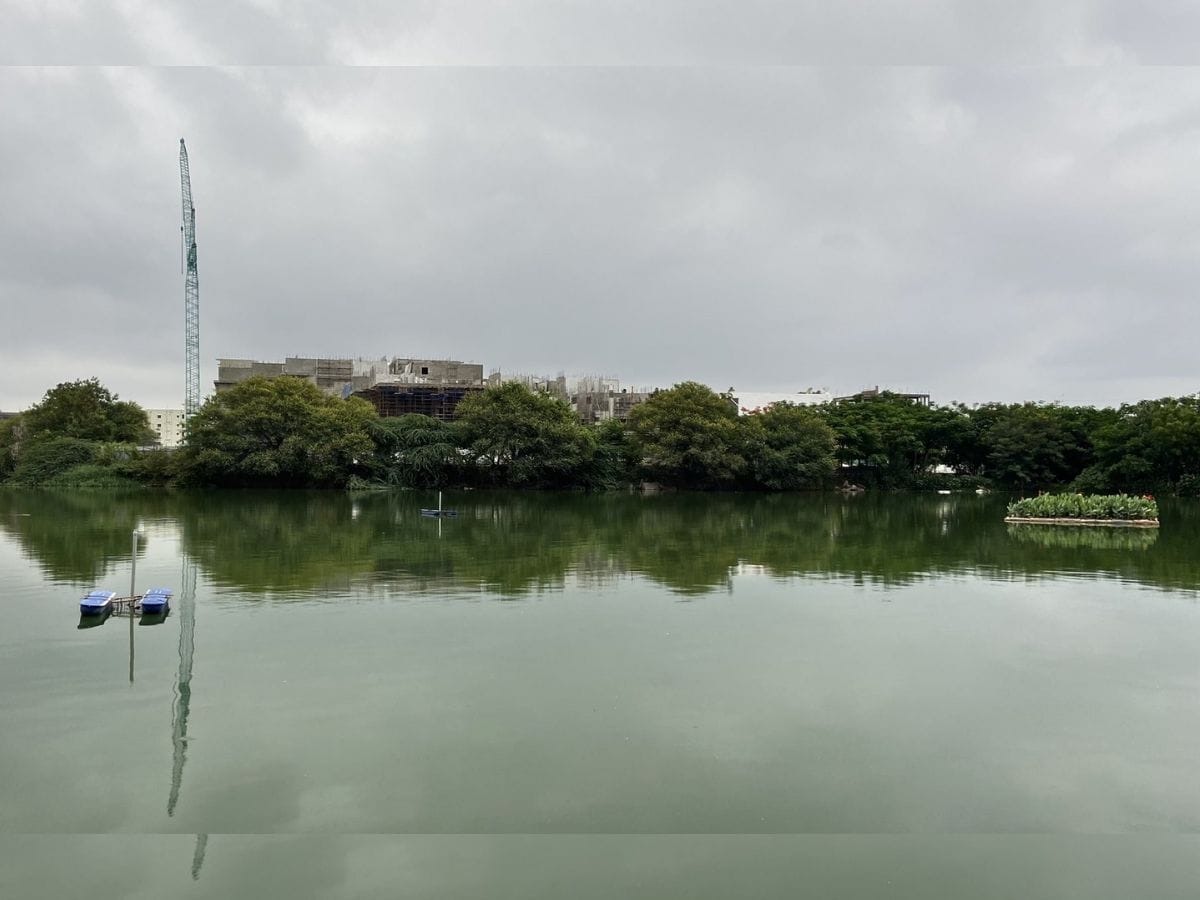
Hyderabad: The Neknampur Lake in the city managed by Dhruvansh organisation, has been included in the Niti Aayog’s list of best practices in water management across the country.
The lake has been listed among successful water management projects across the country and has been recognised for its practice of restoration under the Watershed Development category.
JNTU (Jawaharlal Nehru Technological University) students have been involved in the restoration project alongside the Dhruvansh organisation.
Spread over 25 acres, the lake was once contaminated with garbage, sewage, water hyacinth, cultural siltation and debris dumping.
Nearly 20 million litres per day (MLD) of waste was found in the lake each year.
Divided into two parts-Chinna Cheruvu and Pedda Cheruvu, the lake also faces encroachments plus the legacy garbage dumped place of Manikonda in the city added to the prevailing issues.
However, the restoration works were taken up with the objective of biodiversity garbages, and protection of water species in addition to stopping the invasive species in lake water
like catfish and red-eared terrapin.
Conducting programs for cultural rejuvenation and plantation of over one lakh species of plants was another major objective.
With the dedicated restoration and treatment, 90 percent of the BOD of the lake was reduced.
Neknampur Lake is now a beautiful lake with no odour, though sewage still flows into it.
Additionally, the water hyacinth still persists in the lake but does not cover it. Lake rejuvenation and community rejuvenation activities are taken up parallelly.
Floating bikes at the lake
A ‘floating cycle’ was recently created to remove garbage from lakes and maintain floating aerators and floating treatment waterland (FTW).
This floating bicycle helps in reaching extreme corners of the lake and helps in the maintenance of floating gardens, to aerate the entire lake and for recreation.
Nevertheless, due to floating treatment wetlands, the lake is never covered by weeds. Currently, the lake is reportedly cleaned once every week.
